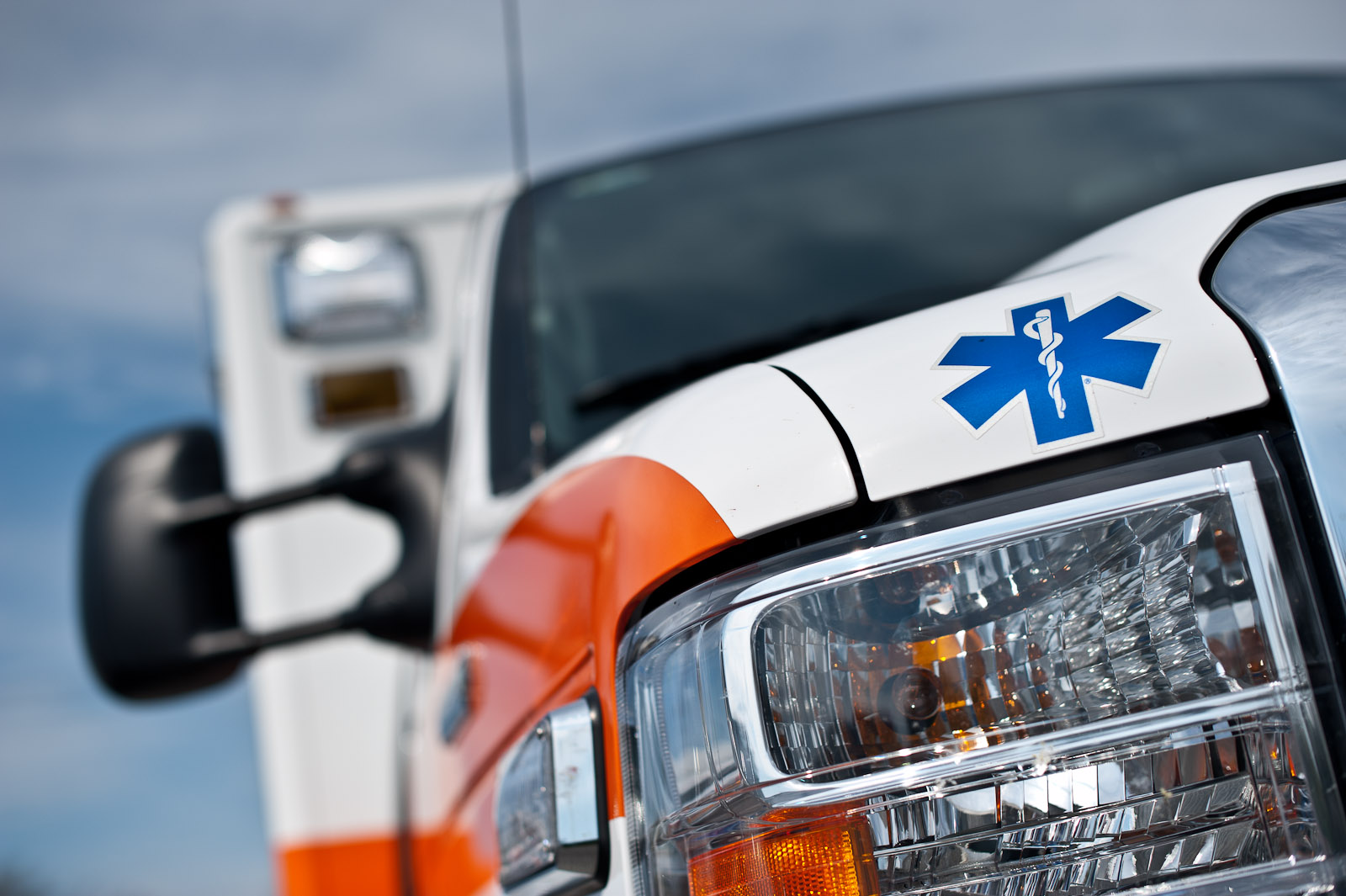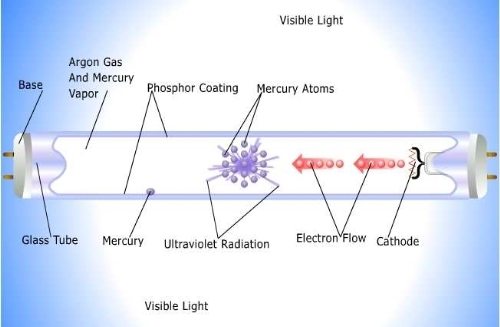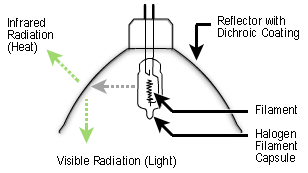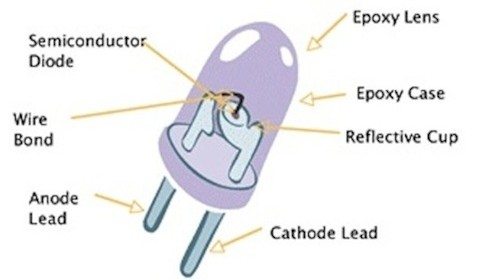All You Need to Know about Ambulance Lighting and Options
When somebody requires urgent care, an emergency vehicle will be dispatched to transport them to the nearest capable hospital. Medical needs can be greatly critical in nature, which requires emergency vehicles to get to the destination as quick as could be expected under the circumstances. While ambulances use sirens to clear roadways, they couldn’t do this without strobing emergency lights too. This article will go over variables that may impact your purchasing decisions when looking for ambulances lights.
AMBULANCE LIGHT VARIABLES
There are a mixed bag of lighting alternatives to look over when preparing a rescue vehicle. Clearly, the most prominent emergency vehicle lights are a light bar, but many ambulances can utilize surface mount lights, hideaways, strobe packs, and a wide array of other styles.
WHAT COLOR AMBULANCE LIGHTS ARE APPROPRIATE FOR YOUR JURISDICTION
You probably know what sort of EMS lights you need. Chances are, your county or city has strict rules that specify what kind of lighting you should be using. However, you should pick the right color and style lighting for your EMS vehicle. Frequently, ambulances are furnished with red and white strobe lighting. To guarantee that you pick the right colors, check with local EMS officials.
FACTORS TO CONSIDER WHEN CHOOSING AMBULANCE LIGHTS
After you have limited down your lighting decisions by picking the light style and color you need, you need to consider durability issues. This is critical for ambulances on the grounds as they are frequently needed to travel to areas that aren’t intended for passenger vehicles. Thus, any lights that cover a rescue vehicle should be very reliable. We have outlined the longevity of each type of light housing and brightness source.
NEW STYLES OF LED AMBULANCE LIGHTS
The most well known lighting solutions for ambulances feature LED (Light Emitting Diode). LED style lights are the most durable and long lasting, electrically economical types of lights on the market today. LED lights are very bright, bump safe, and weatherproof. Regardless of where your ambulance travels, its LED lighting ought to hold up. Unfortunately, many EMS vehicle lighting systems include halogen lights which are not as sturdy.
PROBLEMS ASSOCIATED WITH HALOGEN LIGHTS ON YOUR AMBULANCE
Halogen lights are not nearly as durable as the LED Style lights, but in some cases a mixture of halogen and LED is a recipe for success. This halogen style isn’t shock safe, tends to overheat, and can break or need regular replacement. Since halogen lighting has a much shorter lifespan, LED lights are a superior decision for outfitting your ambulance.
CONSIDER FLASH PATTERNS FOR YOUR AMBULANCE LIGHTS
Ordinarily one rescue vehicle will report to a scene, but there are times when numerous ambulances may arrive at the same scene at the same time. When this happens, every emergency vehicle needs to be obvious and unique. To differentiate one ambulance from another, each unit will need their own particular light and strobe color & flashing patterns.
MOST POPULAR AMBULANCE LIGHT MOUNTING OPTIONS
When you need ambulance lights for your emergency vehicle, you will need all the mounting supplies you can to effectively cover your vehicle. You have a broad spectrum of lighting options to consider including taillights, front light housings and surface mounts on the deck or dash of a rescue vehicle as well as the front, sides, top and doors.





 HALOGEN LIGHTS EXPLAINED
HALOGEN LIGHTS EXPLAINED